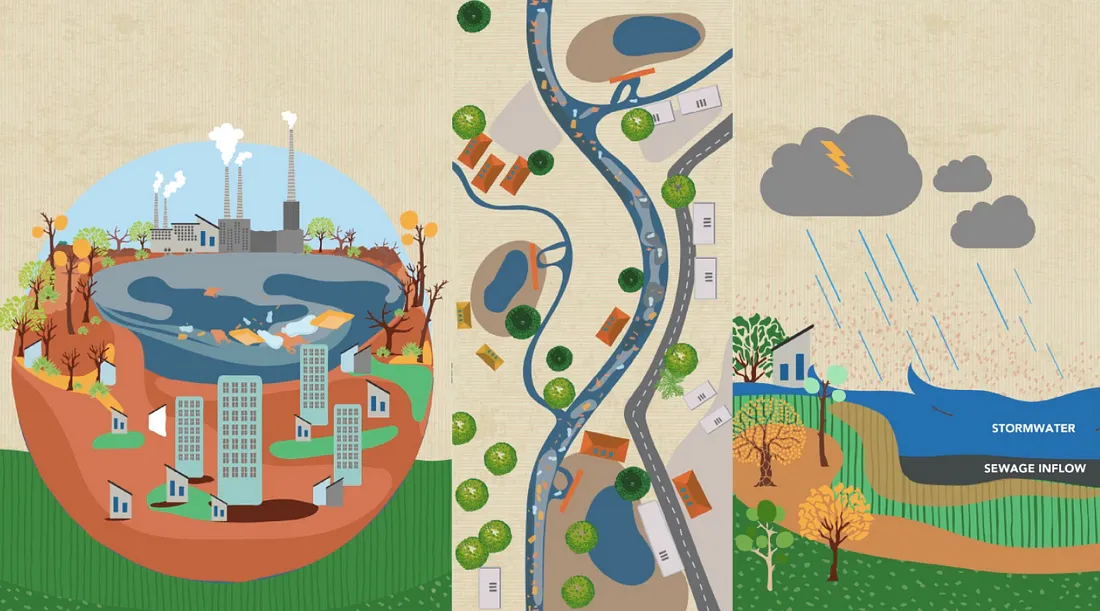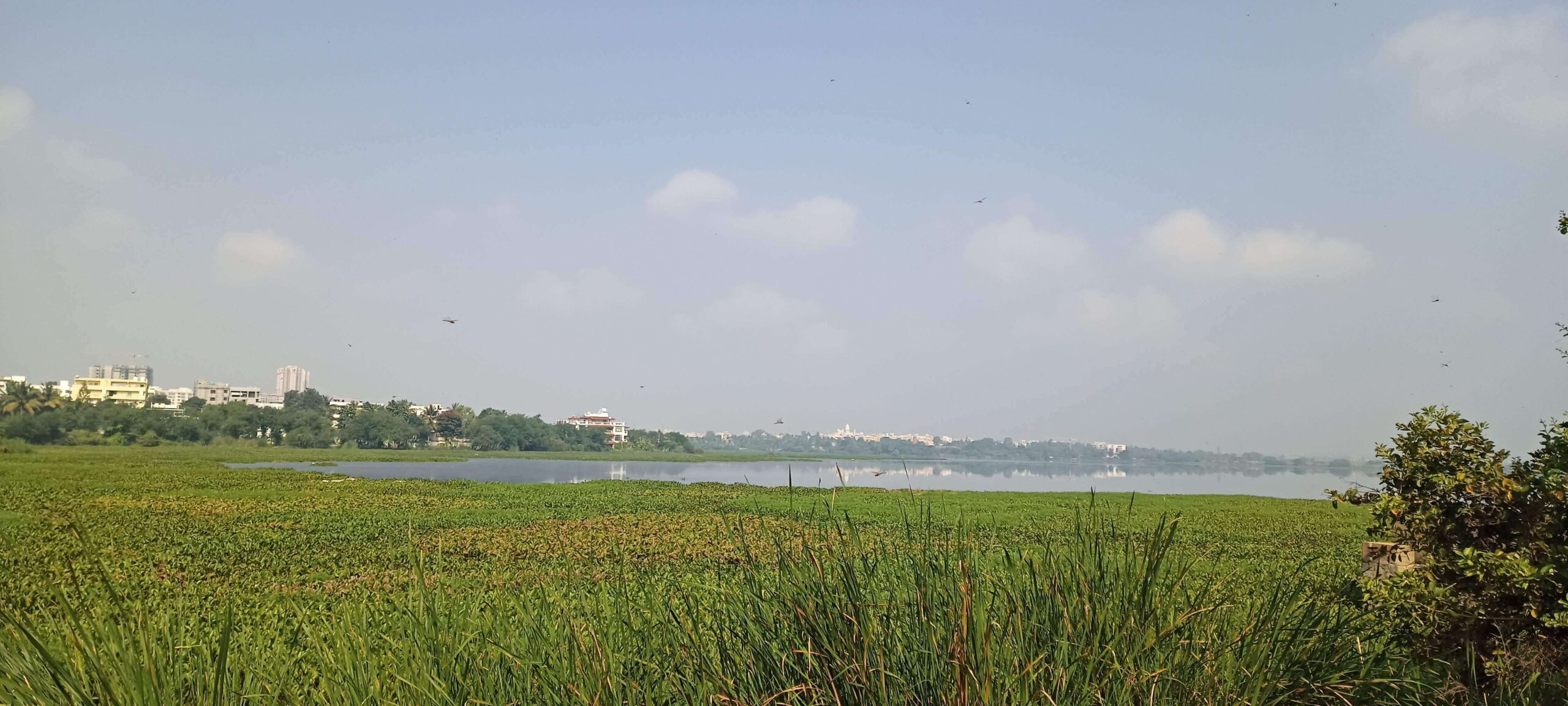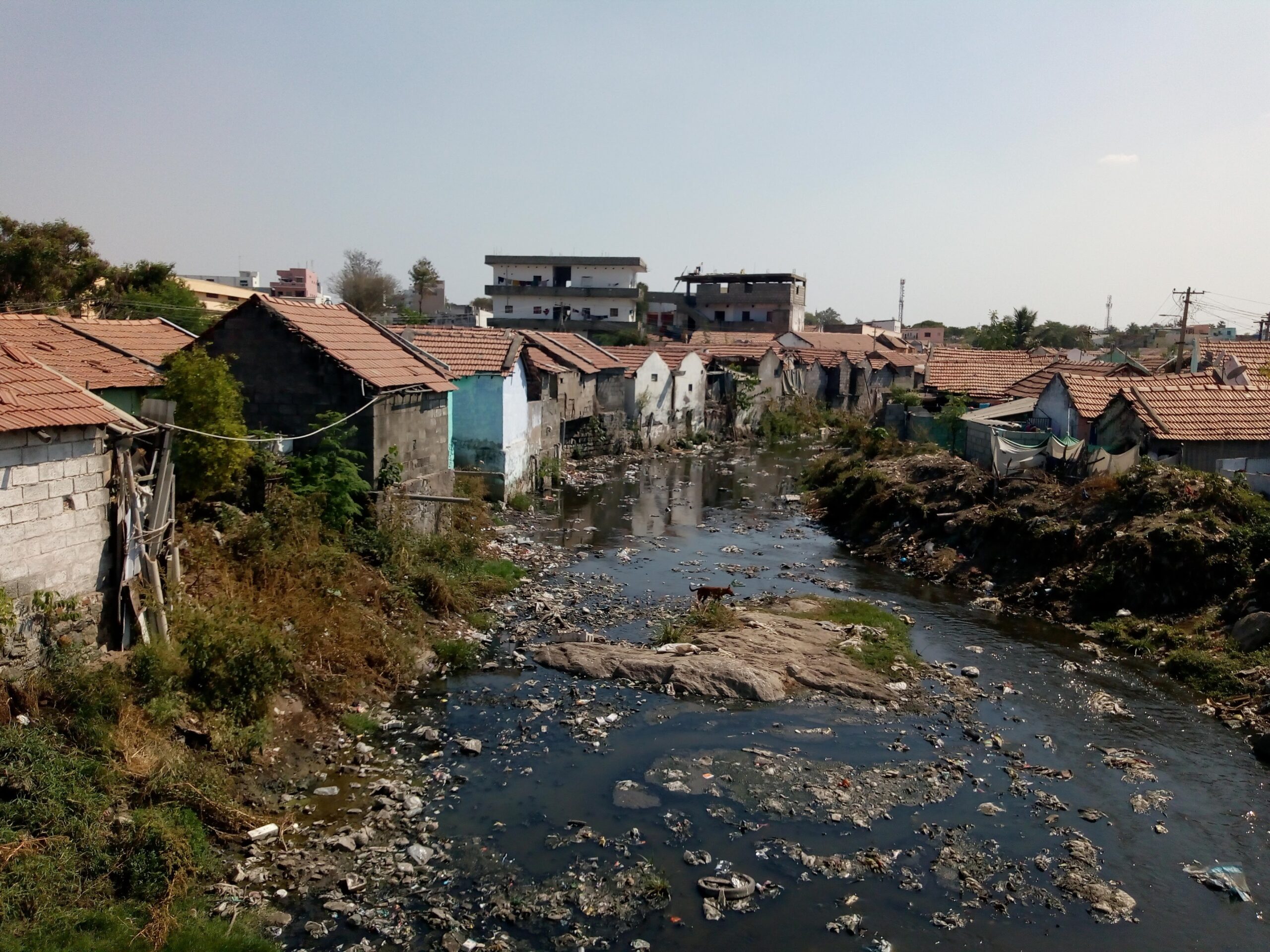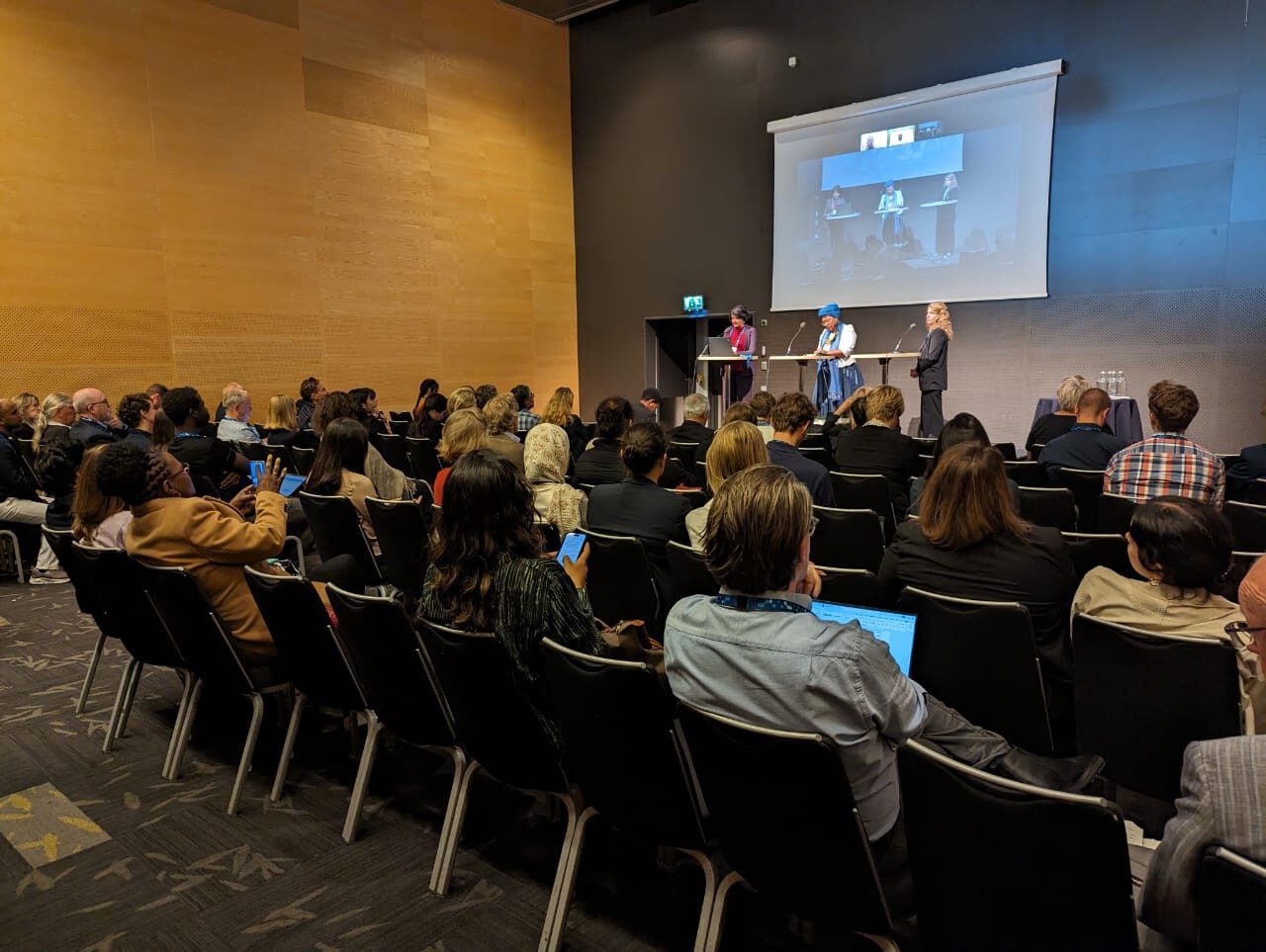How Can We Engage Communities to Conserve Water in Bengaluru?
At first glance, Century Saras might seem like any other building in the rapidly concretising neighbourhood of Yelahanka in Bengaluru. However, it stands out from the hundreds of similar apartments in the area because of its remarkable water-conservation initiatives.
It has rainwater harvesting tanks integrated with an on-site water treatment plant, which makes rainwater potable for residents. A newly constructed dug well at the centre of the apartment complex further enhances freshwater availability. To support groundwater replenishment, rainwater recharge pits line the complex’s perimeter.
Its wastewater undergoes secondary treatment at the on-site sewage treatment plant. Residents reuse the treated water for flushing, cleaning common areas, and watering the community garden. The latter produces bananas and other fruits, freely available to all residents. They channel the excess treated wastewater to nearby construction sites for concrete curing, thereby reducing freshwater use in the water-scarce city.
Also Read | Grey to Green: Mapping Bengaluru’s Apartments and Parks
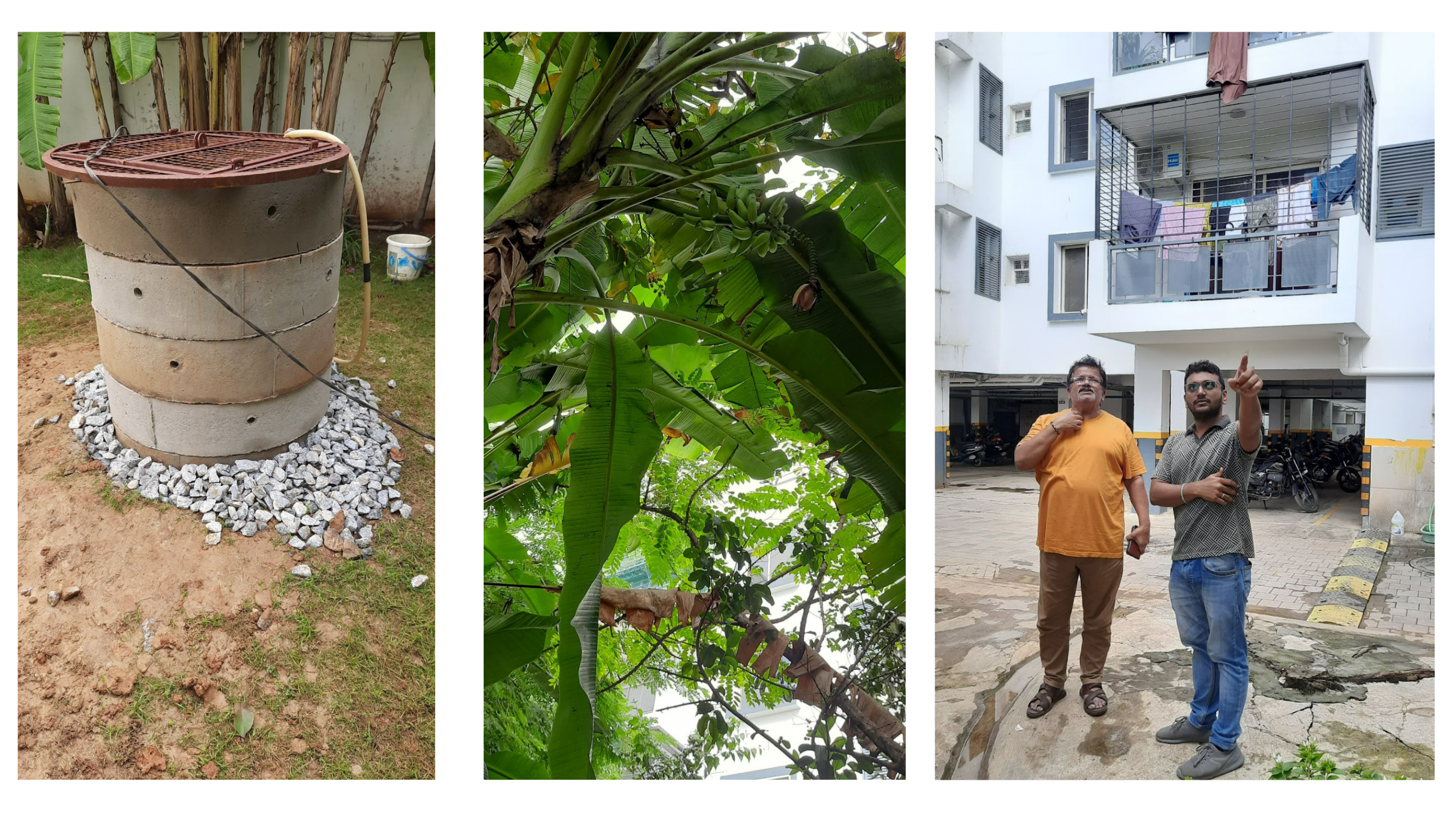
From left to right: (1) A newly constructed dug well at Century Saras has enhanced freshwater availability; (2) Bananas grown with treated wastewater in the apartment’s garden; and (3) Inspecting water-conservation initiatives at Century Saras
Through these initiatives, Century Saras sets a benchmark for sustainable water management in Bengaluru. To acknowledge institutions, residential dwellings, and communities with exemplary water-conservation measures and inspire others to take similar actions, the Bangalore Water Supply and Sewerage Board (BWSSB) launched the Green Star Challenge. It was one of the many initiatives and rules they established after the 2024 water crisis.
The Green Star Challenge evaluates participants on the following parameters:
1. Wastewater Reuse
Encouraging participants to reuse treated wastewater for non-potable purposes such as irrigation, landscaping, and industrial processes reduces the reliance on freshwater resources. It not only conserves water, but also exemplifies the circular use of scarce resources.
2. Water-Saving Fixtures
Installing water-efficient fixtures such as low-flow taps, dual-flush toilets, and aerators minimises wastage. These small adjustments have a significant cumulative impact on reducing water demand.
3. Meters to Monitor Water Use
Equipping buildings with water meters allows residents and managers to track water usage accurately. Monitoring consumption is the first step in identifying leakages or inefficiencies and promoting mindful use.
4. Recharge Groundwater through Rainwater Harvesting
Participants are encouraged to implement rainwater harvesting systems, such as recharge pits, to replenish aquifers and reduce surface runoff. This initiative enhances water security while addressing urban flooding issues.
5. Awareness regarding Water Conservation
Creating visual reminders like posters, signs, or digital displays within communities helps raise awareness about the importance of water conservation and encourage behaviour change.
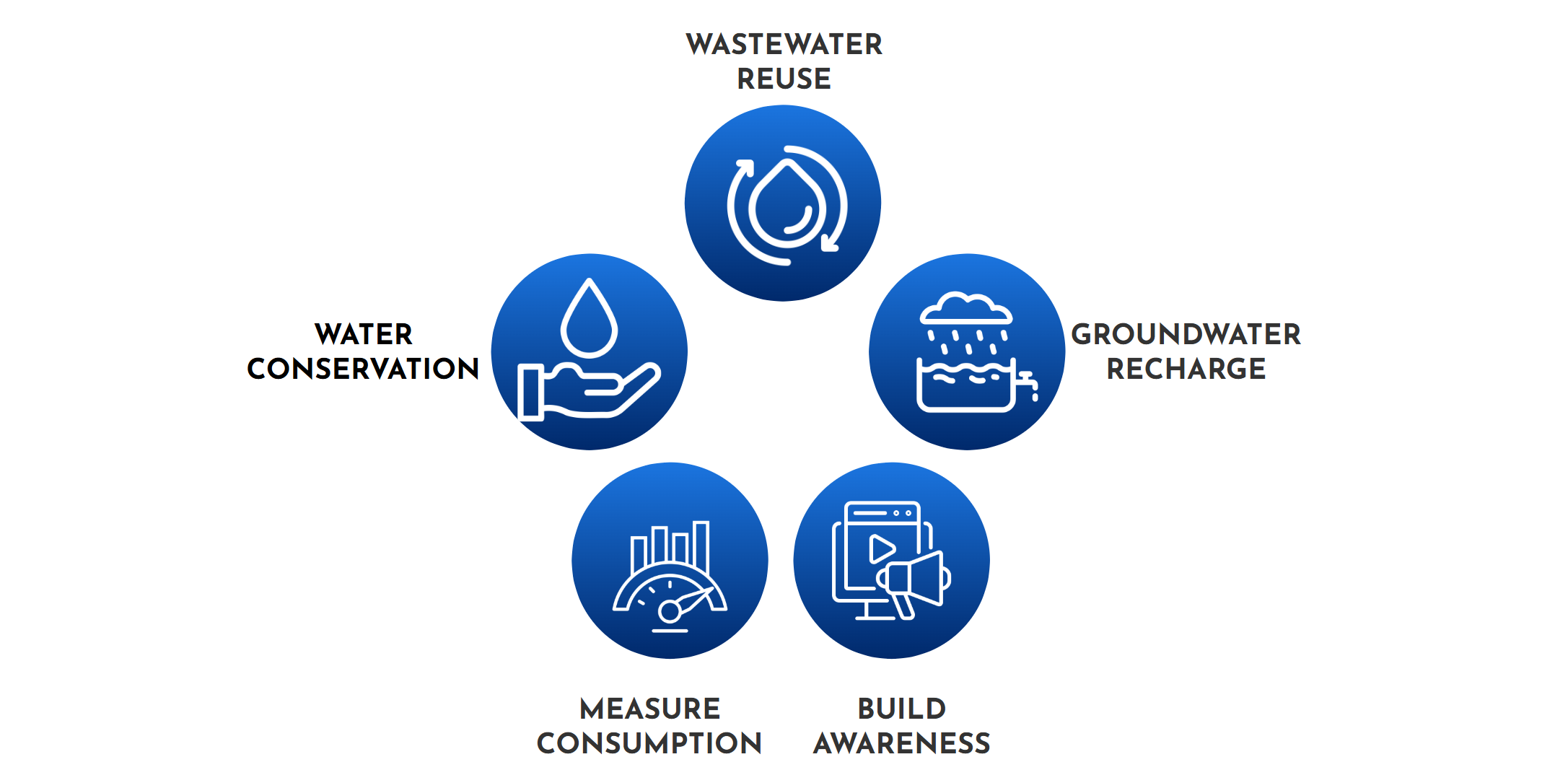
Infographic by Hari Prasad HK
Buildings receive a star rating from 1 to 5 stars based on how they perform on the above parameters. By linking sustainability practices to a recognisable star-rating system, the challenge not only incentivises participants, but also creates a sense of pride and accomplishment among those achieving higher ratings.
WELL Labs collaborated with the Bangalore Water Supply and Sewerage Board to evaluate the applications for the challenge.
This involved validating participants’ efforts on-site and their compliance with the challenge’s criteria. We hired 57 students from colleges across Bengaluru and trained them to use tools such as the ODK form to collect data and document observations during site visits. They visited the participating establishments and collected data between November 1-15, 2024. We monitored the process in real time, ensuring data accuracy and addressing the challenges they faced during fieldwork. We then reviewed and analysed the data, assigned star ratings to the verified sites, and prepared a report for the Bangalore Water Supply and Sewerage Board.
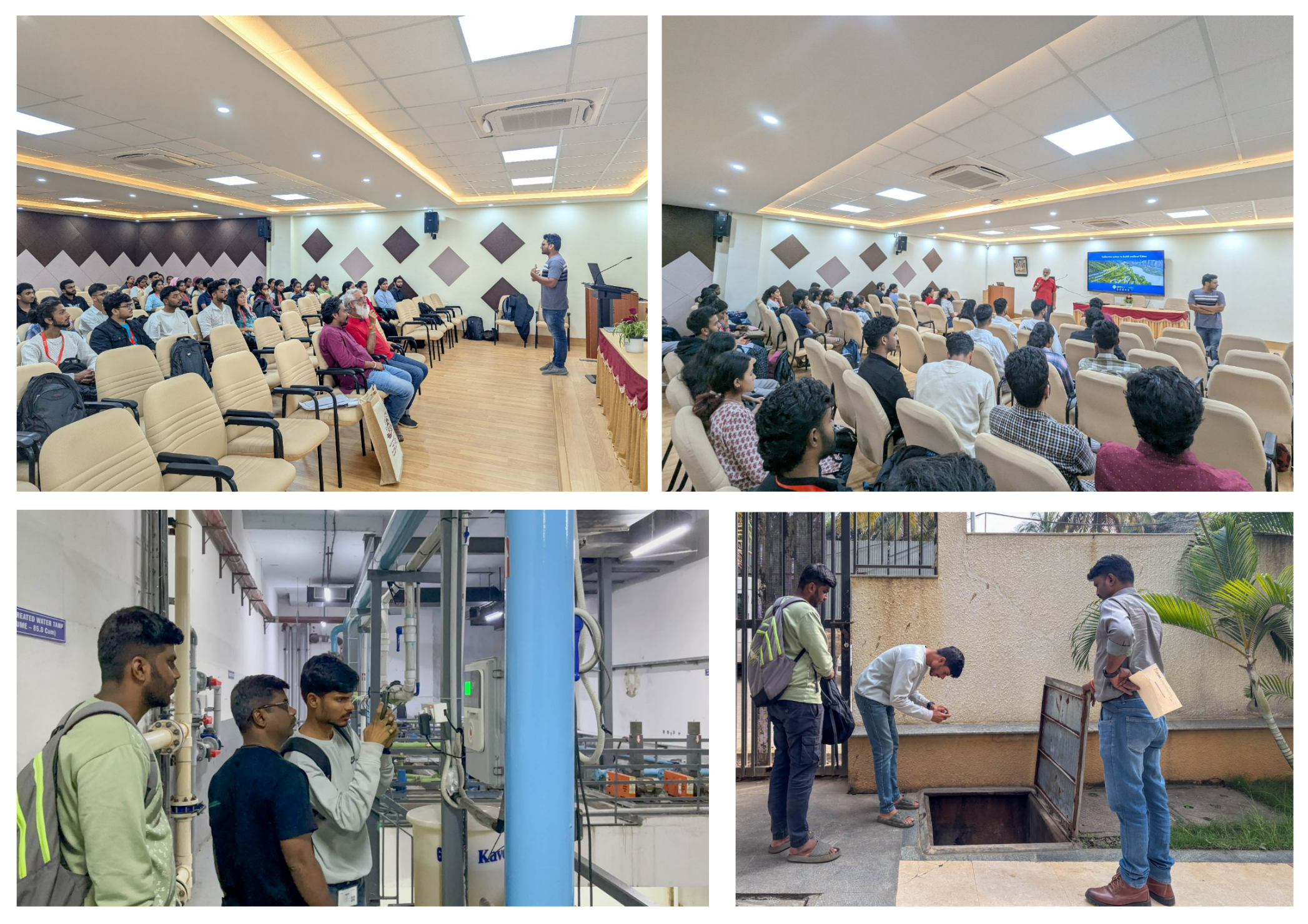
(Top) WELL Labs hired and trained 57 college students to verify the entries under the Green Star Challenge;
(Below) Students inspecting water-conservation initiatives at apartments and institutions
Also Read | Wastewater Reuse Policies across Indian States
We received 817 entries under the challenge. Of these, 114 were duplicate entries and 220 participants did not allow our team to enter their premises for on-site verification. The 483 participants that allowed our team to inspect their premises are from the following categories:
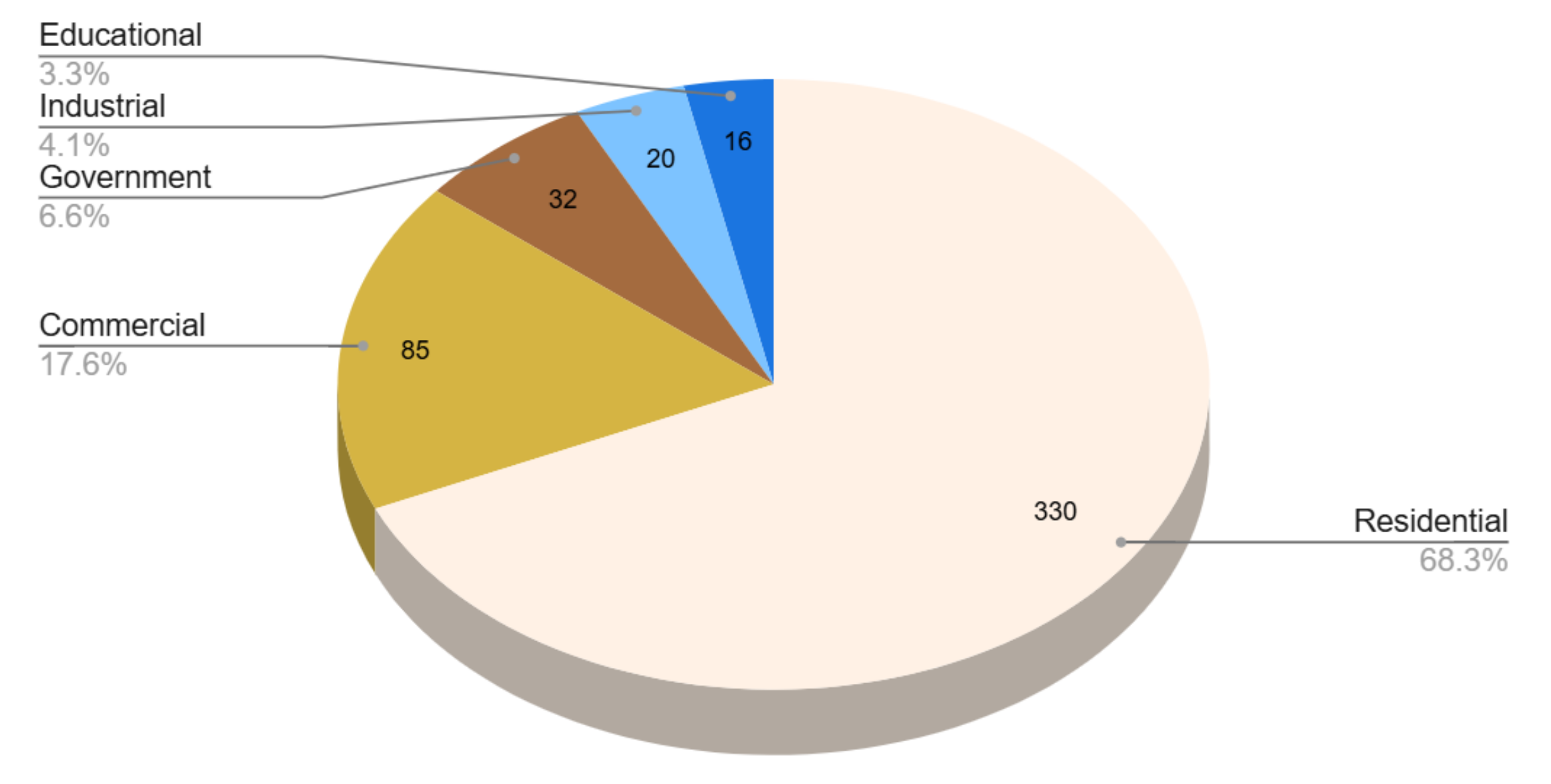
A pie chart showing the breakdown of participants in the Green Star Challenge across residential, industrial, commercial, educational and government buildings
Insights from the Green Star Challenge
Most participants in the residential sector had installed water-saving fixtures such as low-flow shower heads and dual-flush toilets. The commercial and industrial sectors had also largely implemented water-efficiency measures. Educational institutions demonstrated good practices, such as recharge pits and meters to monitor water use.
However, participants across categories had little by way of awareness campaigns. There were few posters, talks, or workshops around water conservation on their premises. While technological interventions are important, community awareness and engagement help ensure that these are effective in the long run and behaviour changes become ingrained among communities.
These are some preliminary findings. Once the Bangalore Water Supply and Sewerage Board releases the results of the challenge, we shall share in-depth insights.
We can enhance the Green Star Challenge’s effectiveness and encourage sustainable water management practices in Bengaluru through the following measures:
1. Awareness Campaigns
Awareness campaigns can significantly improve knowledge about available technologies and best practices for water conservation and promote appropriate behavioural changes. These campaigns should focus on rainwater harvesting systems and wastewater treatment and reuse.
2. Stricter Metering Practices
Establishing rigorous metering protocols can help communities better understand their consumption patterns. Regular monitoring can help quickly identify leaks or wastage and lead to improved planning and efficiency.
3. Incentives for Participation in the Green Star Challenge
Offering incentives such as tax breaks or subsidies for organisations or buildings with higher star ratings could encourage more entities to participate in the challenge and implement water-conservation initiatives. Financial incentives can motivate organisations to invest in sustainable technologies that might otherwise seem prohibitively expensive.
4. Collaboration with NGOs
NGOs focused on environmental sustainability can help amplify community engagement. They can organise workshops or campaigns to educate participants about innovative solutions for efficient water management.
5. Regular Follow-Ups and Assessments
Follow-ups with participants can ensure that they remain engaged in water-conservation efforts. Periodic assessments can help them track their progress over time, seek feedback, and address challenges in implementing sustainability measures.
The Green Star Challenge highlighted the power of community engagement for water conservation.
Participants enthusiastically showcased their sustainability initiatives, students got hands-on experience in the field of water conservation, and the Bangalore Water Supply and Sewerage Board gained insights into the city’s water management landscape.
Acknowledgements
This work was supported by the Bangalore Water Supply and Sewerage Board (BWSSB).
With inputs from Shashank Palur, Shreya Nath, Ujjwala Krishna, and Anam Husain
Edited by Syed Saad Ahmed
Follow us to stay updated about our work

